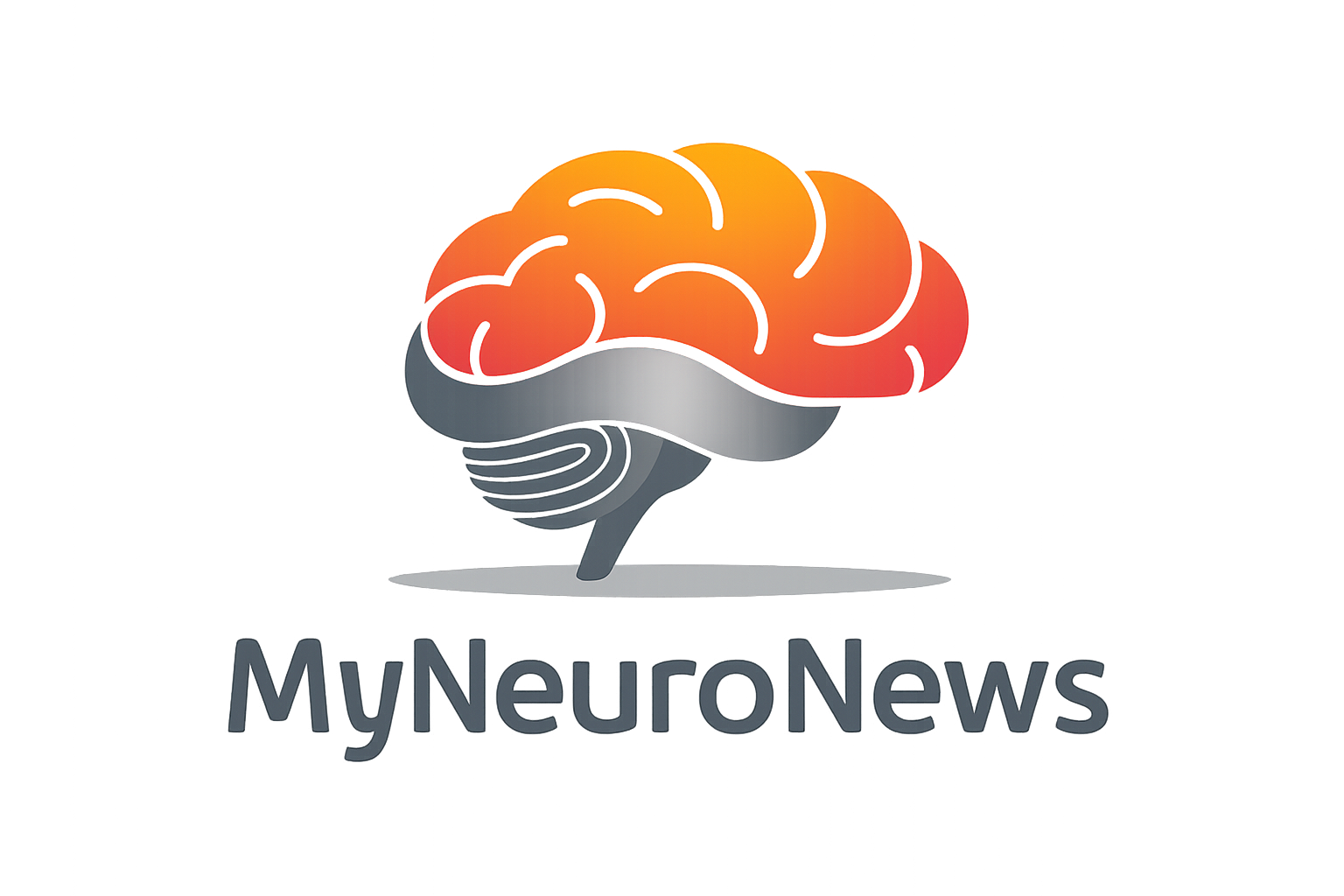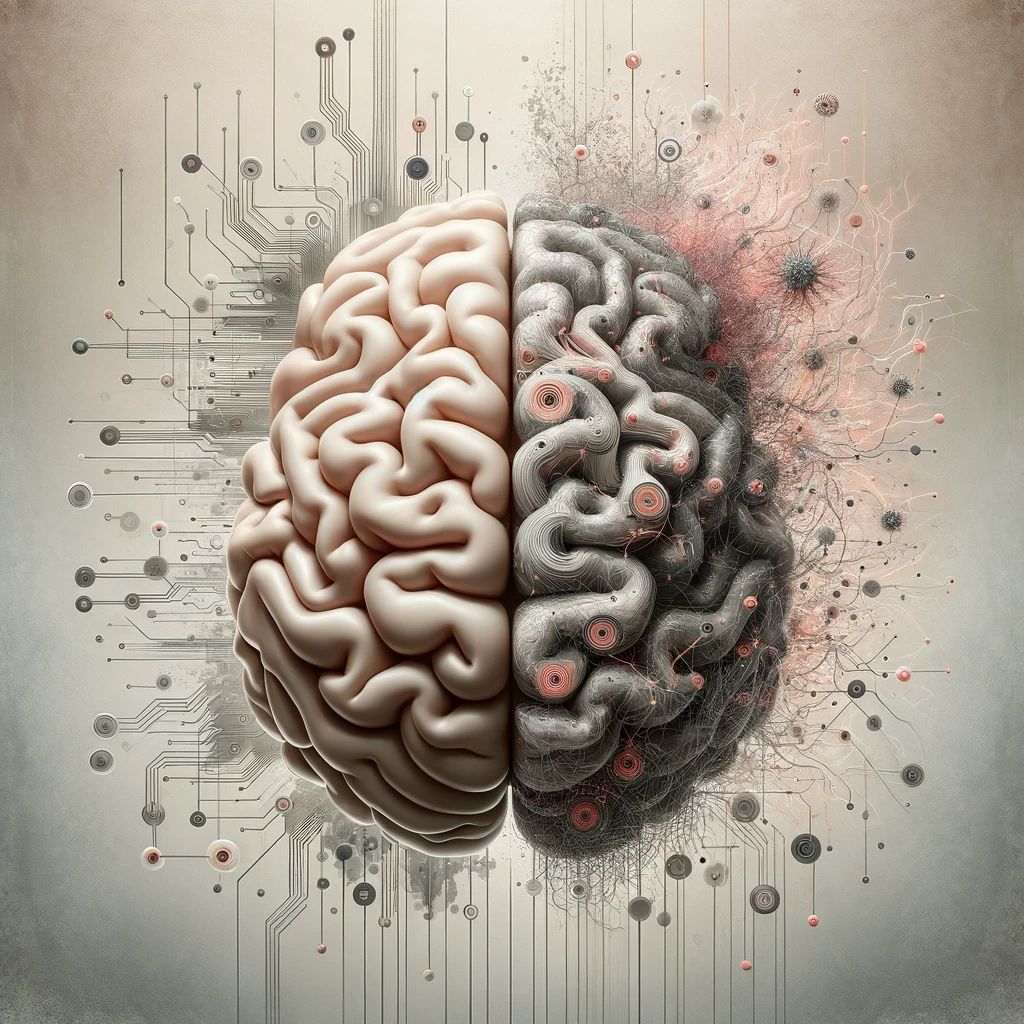Charles Bonnet Syndrome (CBS) is a condition where individuals with significant vision loss experience visual hallucinations. Unlike hallucinations linked to psychiatric conditions, those in CBS are purely visual and not associated with other sensory or cognitive distortions. While CBS is frequently seen in the elderly with age-related vision loss, it can also arise in people experiencing vision impairment due to various medical issues, including traumatic brain injuries (TBIs).
Overview of Charles Bonnet Syndrome
CBS is characterized by complex visual hallucinations in individuals who have partial or complete vision loss. These hallucinations can be vivid and elaborate, ranging from simple shapes to detailed scenes involving people, animals, or objects. The condition is often misunderstood, leading patients to worry they may have a psychiatric disorder, which can delay diagnosis and treatment.
The underlying cause of CBS is not fully understood, but two main theories have been proposed:
1. Release Theory: This theory suggests that when normal visual input is disrupted, the visual cortex’s inhibitory signals diminish, allowing spontaneous visual experiences or “hallucinations” to be “released.”
2. Deprivation Theory: According to this theory, reduced visual input from the eyes leads to compensatory hyperactivity in the visual cortex, resulting in the brain generating visual images independently.
The Link Between CBS and Concussion
While CBS is often associated with conditions that lead to direct visual impairment, it can also occur following mild traumatic brain injury (mTBI) or concussion. Concussions and other mTBIs can cause various visual disturbances such as convergence insufficiency (difficulty aligning both eyes), accommodation disorders, and saccadic dysfunction (impaired eye movement). These disturbances reduce visual clarity and input, potentially triggering CBS in individuals with concussions.
Case Evidence
There have been reported cases of CBS following TBI, indicating that even mild forms of brain injury can trigger this syndrome. For example, patients have reported seeing detailed hallucinations, such as people or animals, after a TBI, despite being aware that these images are not real. The onset of hallucinations may happen months after the initial injury, and symptoms can persist if underlying visual disturbances are not adequately managed.
Post-Concussion Symptoms and CBS
Concussions often lead to a condition known as Persistent Post-Concussion Symptoms (PPCS), where individuals experience symptoms such as headaches, dizziness, and visual disturbances long after the initial injury. In some cases, visual disturbances following mTBI can create a setting conducive to CBS, as these disruptions affect visual input. Patients with PPCS may find it challenging to engage in certain visual therapies, exacerbating CBS symptoms.
Managing CBS and Concussion-Related Visual Disturbances
There is no definitive cure for CBS, but a multidisciplinary approach can help manage symptoms. This includes:
1. Patient Education: Educating patients about CBS is crucial, as understanding the condition can reduce anxiety and stigma associated with visual hallucinations. Awareness that CBS is a recognized condition, rather than a psychiatric disorder, often alleviates patient distress.
2. Vision Rehabilitation and Therapy: Vision rehabilitation, including orthoptic exercises, can help improve convergence insufficiency and other visual impairments following TBI. For example, convergence exercises have shown promise in treating post-traumatic visual disturbances, though patients with severe symptoms may struggle to engage in these exercises until other symptoms are managed.
3. Addressing Comorbid Symptoms: Many patients with PPCS experience headaches, fatigue, and concentration difficulties. These symptoms can interfere with vision therapy for CBS. A tailored approach to manage each symptom cluster, whether through medications, physical therapy, or cognitive behavioral therapy, can create a more conducive environment for managing CBS-related symptoms.
4. Psychological Support: For patients with CBS and persistent post-concussion symptoms, psychological support, particularly from clinical psychologists experienced in treating visual hallucinations, can be beneficial. Techniques to manage anxiety and focus on distinguishing real from hallucinatory images can aid in symptom control.
Increasing Awareness Among Physicians
Awareness of CBS among healthcare providers, particularly those treating TBI and concussion patients, remains low. Studies indicate that a substantial percentage of physicians are unaware of CBS, and many patients may not receive a diagnosis due to a lack of familiarity with the condition. Increased awareness and education in the medical community about CBS as a potential post-concussion syndrome outcome can improve timely diagnosis and management.
Conclusion
Charles Bonnet Syndrome is a rare but significant condition that can arise following concussions and other forms of mild traumatic brain injury. Though commonly linked to vision loss in aging populations, CBS can also affect younger individuals experiencing visual disruptions after TBI. Proper management requires a comprehensive approach involving education, vision therapy, and addressing the full spectrum of post-concussion symptoms. With heightened awareness and appropriate treatment strategies, individuals with CBS following concussion can achieve better symptom control and improve their quality of life.

